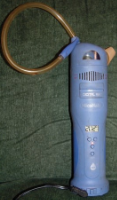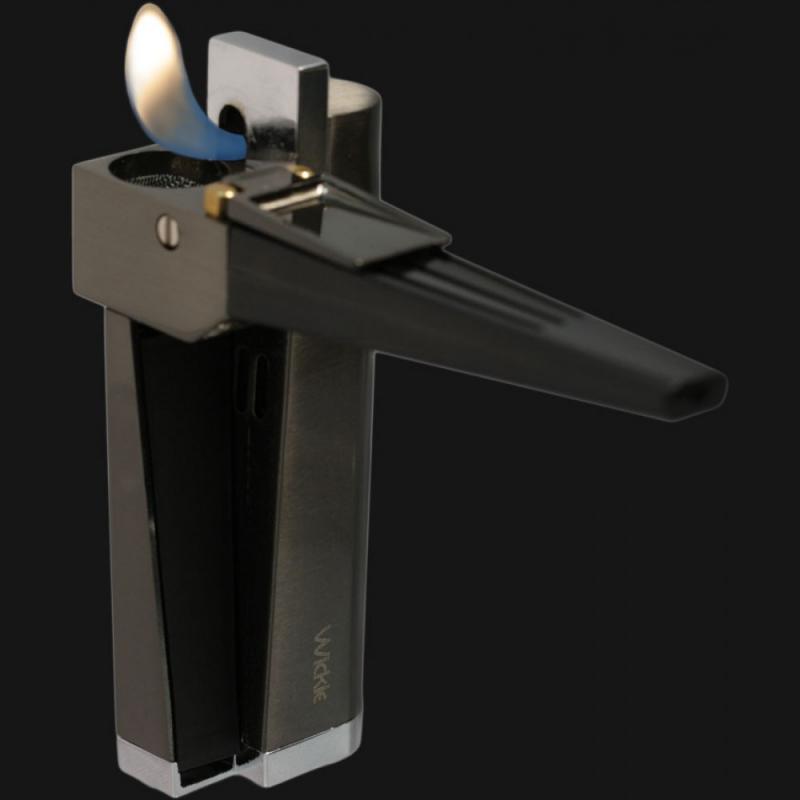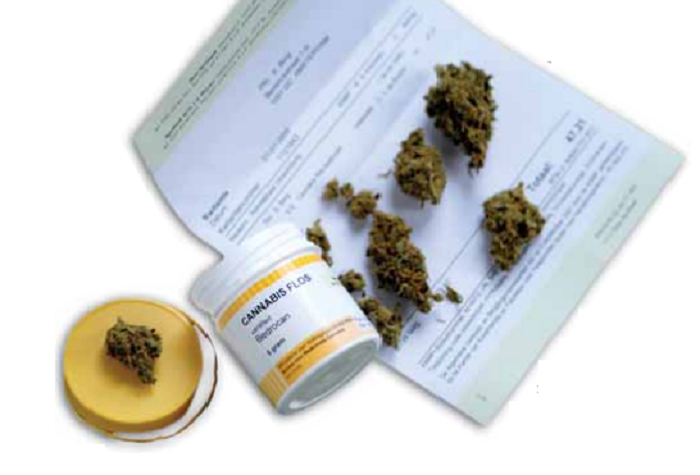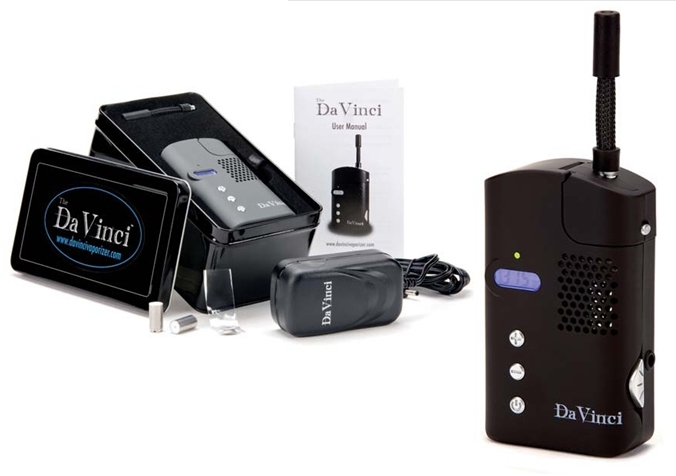
Breaking The Stigma
When some uninformed folks think or hear about medicinal marijuana they automatically associate a “smoking culture” with the act of medicating. In this enlightened day and age of better health consciousness, we know that there are risks and harms involved with any action.
We know that tobacco smoke causes cancer (something that can NOT be said about cannabis) and this can create quite a “stigma” for medicinal marijuana users. There can also be existing health concerns that make “smoking” marijuana either undesirable or impossible for some patients.
There is also the possibility that a cannabis patient is not a smoker, and as such would rather NOT treat themselves with medicine that requires them to smoke.
For some medicinal patients this is overcome by ingesting their cannabis, but for a great MANY medicinal users their “Number 1” preferred way to medicate is to inhale their medication, quite often this is a direct result to the medicines efficaciousness as an inhalant. To solve this need/desire to medicate by means of inhalation the “Vaporizer” was invented! It was discovered that when cannabis is heated to a temperature between 180-
200 degrees Celsius (356-392 degrees Fahrenheit) that cannabis would release it’s THC and other pharmaceutically beneficial cannabinoids in the form of a “Vapor”. This vapor when inhaled is much “smoother and cooler” than the “smoke” that is produced from a joint or a pipe, it is also devoid of harmful tars. This fact alone makes a very strong case for ANY medicinal marijuana patient to own and use a vaporizer!
Studies have shown that even water pipes are not as effective at reducing “tars” from cannabis therapy as well as a vaporizer. Now that we have discussed briefly the reasons to try/buy a vaporizer we should touch base on the various “basic formats” that are available.
One of the very first vaporizer’s available was a “globe” shaped unit with what essentially amounted to a soldering iron heating element with a brass or (eww!) copper plate/cup screwed onto its end to receive the ground up meds. This plate was then heated by the soldering iron element; often this was accomplished with little or no control over the heat being applied to the meds. The patient was then supposed to inhale the resulting “vapor”
(smoke due to uncontrolled combustion), these units are still sold to date… but the serious medicinal user is STRONGLY advised against them! The lack of reliable temperature control and the questionable materials used to manufacture these units put them squarely into the “party favor” category, NOT the “medicinal” category. (Even as a “party toy” you MUST know that what you are inhaling will not harm you i.e the heating element and
med holder materials… are they potentially toxic?). This style of vaporizer uses direct contact between the meds and the heating surface to achieve vaporization.
A preferred method of vaporization involves heating the meds with a
finely controlled heating element. Some units currently manufactured utilize a “base station” that contains a precisely controlled heating element; this base station is then used to heat a “cigarette holder” style med holder to the appropriate temperature. It is then withdrawn and the vapors inhaled.
There are even a couple of designs that save the vapor in a “balloon”, a great many advances have come since the day’s of “newer/high-tech” vaporizers are utilizing greatly improved heating elements, heating elements that do NOT release harmful or toxic substances such as chromium etc. and the more advanced Vaporizers are temperature controlled to a very tight margin. A vaporizer is also considered as a “stealth” device since it does NOT “combust” your meds. There isn’t the familiar “odor” associated with “burning cannabis”. I have personal experience with three highly respected vaporizer manufacturer’s products and will give my impression of each of these products. This is by no means meant to be a “definitive” guide to ALL vaporizers, I know for a
fact that there are a LOT of
play it utilized a cigarette lighter element from a car and was difficult to control heat and the element was found to “off-gas” offensive elements. It did serve to prove to me the effectiveness of a vaporizer. I finally decided to buy my first commercial vaporizer; I bought a “Vapir” made by “Air2” and provided by “Vaporizers.ca”. The unit I bought was the earliest model available; it was the “Nicohale” version. The Vapir loads meds in a stainless steel mesh “covered basket” (at least one spare is normally supplied with the unit) this basket is then loaded into a cartridge tray. The cartridge tray is then slid into the Vapir, where it rests immediately above the quartz crystal element. A small fan located inside the unit encourages heated air through the meds, the patient then “sips” the vapor through a mouthpiece. I found the “learning curve” for the “Vapir”
to be very short and in no time at all I was enjoying my meds in vapor form. The all-digital heating controls are simple to use and understand. Air2 has gone to great lengths to improve upon their original design; they now can supply a unit called the “Vapir One 3.0” that can temporarily store vaporized meds in a plastic balloon. (Optional kit)

The three units that I have either owned or had a reasonable amount of experience with are as follows, 1: The base model “Vapir” (Nicohale Edition) 2: The “Fogger” 3: Last but by no means least The “Volcano” The very first vaporizer that I owned I made myself. It was a globe style vape that employed convection style heating, however







